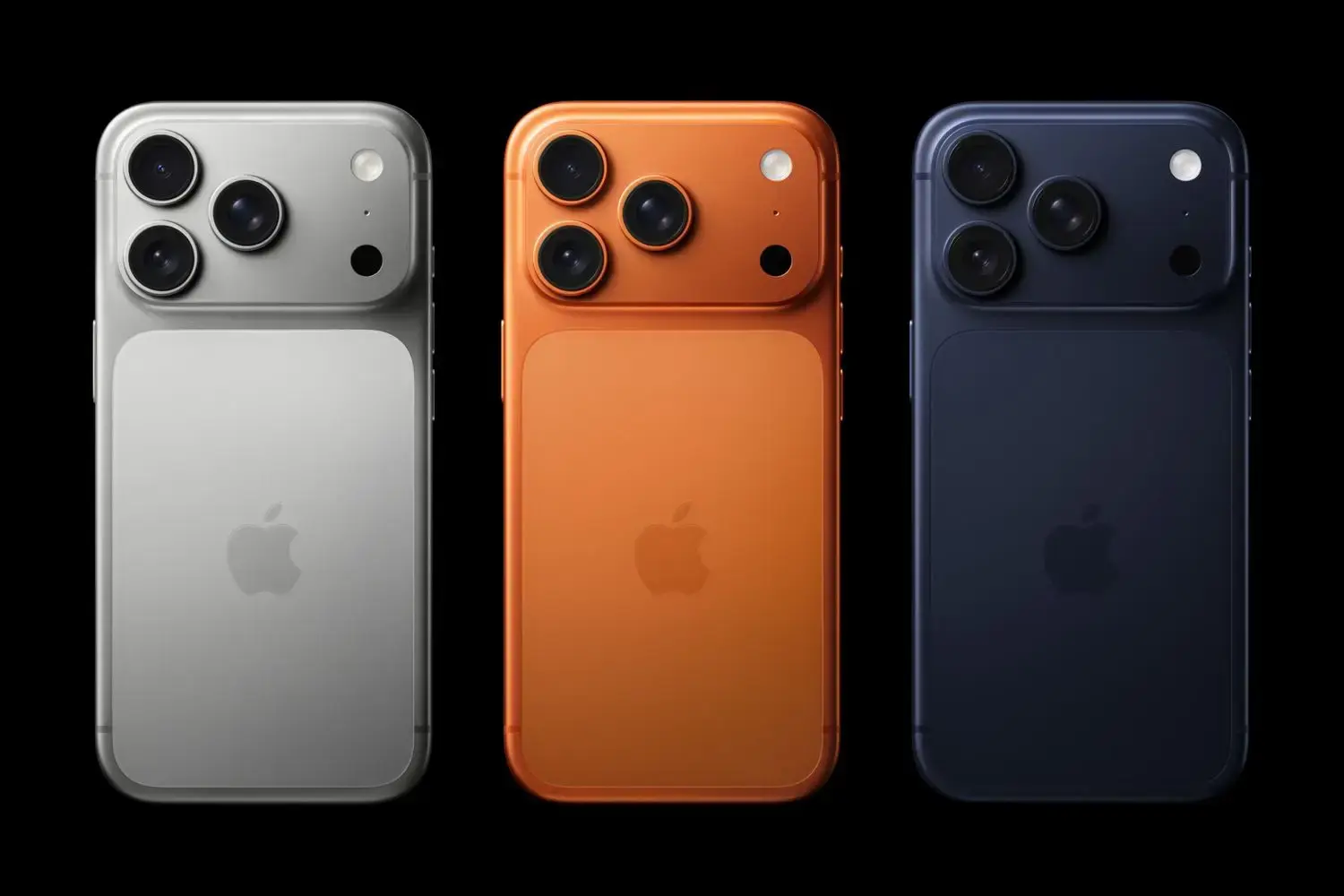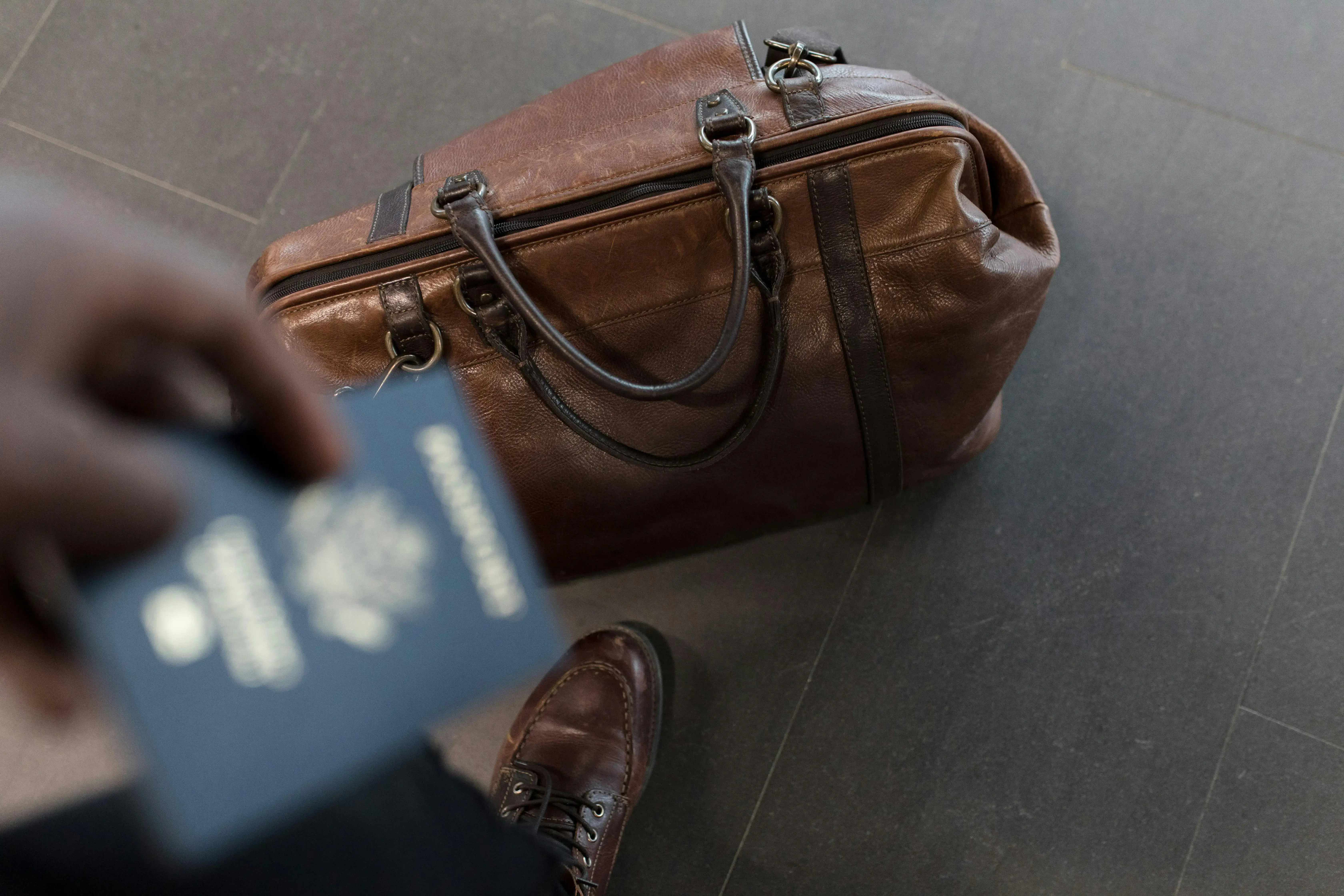
Kudos has partnered with CardRatings and Red Ventures for our coverage of credit card products. Kudos, CardRatings, and Red Ventures may receive a commission from card issuers. Kudos may receive commission from card issuers. Some of the card offers that appear on Kudos are from advertisers and may impact how and where card products appear on the site. Kudos tries to include as many card companies and offers as we are aware of, including offers from issuers that don't pay us, but we may not cover all card companies or all available card offers. You don't have to use our links, but we're grateful when you do!
How Digital-First Credit Cards Are Changing the Game
July 1, 2025


The New Era of “Digital-First” Credit Cards
Apply online, get approved in minutes, and start using your new credit card immediately – before the physical card even arrives. Just a few years ago, that scenario might have raised eyebrows. Today, it’s increasingly common. Welcome to the era of digital-first credit cards, where your smartphone and a few taps can replace the old routine of mailbox-waiting and activation stickers.
So, what exactly is a digital-first credit card? It’s a credit card designed with a “mobile-first” mindset, meaning the issuer expects you to use and manage the card via your phone or online, rather than through mail and plastic. Often, you get a card number (virtually) right after approval, which you can add to your mobile wallet (Apple Pay, Google Pay, etc.) and start spending on instantly. The physical card, if there is one at all, is almost an afterthought – it might be mailed later or available only on request. This is the opposite of the traditional process where you’d be twiddling your thumbs for 7-10 business days waiting for that piece of plastic to show up before you could do anything.
Why now? Consumers in 2025 expect speed and convenience. As Mastercard’s North America Digital Partnerships head noted, “Consumers want cards, and they want them quickly, and they want those cards delivered in a digital way.”
We’re used to downloading an app and having services on-demand; why should getting a credit card be any different? Financial technology (fintech) companies and forward-thinking banks picked up on this, pushing the envelope with instant issuance and slick mobile apps. Digital-first credit cards are the result – they meet users where they are (on their phones) and remove friction from the process of getting and using credit.
Benefits of Digital-First Credit Cards
Moving to a digital-first model isn’t just a gimmick – it comes with real benefits for cardholders. Here are some ways these modern cards are changing the game and why you might want one:
Instant Gratification – Use Your Card Right Away:
Perhaps the biggest perk is speed. With many digital-first cards, you don’t have to wait for the physical card to start using your line of credit. The moment you’re approved, the card issuer provides you a virtual card number (and often adds it to your mobile wallet automatically). For example, American Express has offered instant card numbers for years for approved customers, and many issuers like Chase and Capital One allow new cards to be added to Apple/Google Pay immediately. If you’re applying for a card to make a specific purchase or to earn a welcome bonus, being able to spend today instead of two weeks from now is a huge win. It’s credit on-demand.
Seamless Mobile Integration:
Digital-first cards live on your phone. That means the card’s app isn’t an afterthought; it’s the main control center. Everything about the card – from seeing your spending in real time, to paying your bill, to redeeming rewards – is optimized for the mobile experience. You can get instant transaction alerts, see each purchase pop up with merchant name and location, and often do cool things like temporary card number lock/unlock with a single tap. One Mastercard executive described this as making the card “beyond a mere payment instrument” into a means of keeping track of spending with real-time data and alerts. In short, you have more visibility and control than you typically would waiting for a monthly statement.
Enhanced Security & Peace of Mind:
Digital-first means you often have your card in a secure app and wallet from the get-go. If the physical card hasn’t even been issued yet, there’s no risk of it being stolen out of your mailbox. And when you use it via a mobile wallet, you benefit from the tokenization security (random card numbers for each transaction) we discussed earlier. Additionally, the ability to freeze/unfreeze your card instantly via the app gives you quick control if you suspect any fraud. Some of these cards also don’t put the full card number on the physical card (when you do get it) – for example, Apple Card’s titanium physical card has no number printed on it, just your name, which protects you if it’s lost.
Less Plastic, More Eco-Friendly:
Let’s face it – we’ve all probably tossed expired cards in the trash, and that PVC plastic isn’t great for the environment. With digital-first cards, there’s often an option to opt-out of a physical card, or the card might be made of more sustainable materials when they do send it. While this isn’t the primary driver for most folks, it’s a nice bonus to reduce plastic waste if you’re primarily using your card via phone anyway.
Continuous Updates and Innovation:
Because these cards are software-centric, issuers can roll out new features more easily. Your card’s app might gain new budgeting tools, reward tracking dashboards, or integration with other services (like virtual card numbers for subscriptions) via updates – things that benefit you without needing a new physical card. For instance, some digital-first fintech cards integrate with personal finance apps or allow you to set custom alerts or limits right from your phone. It feels less like dealing with a bank’s bureaucracy and more like using a modern tech service.
In summary, digital-first credit cards offer speed, convenience, and control. They fit into a digital lifestyle: you can apply on your phone, pay with your phone, and manage your account on your phone – anywhere, anytime.
Examples of Digital-First Cards Making Waves
To paint a clearer picture, let’s look at some prominent examples of digital-first (or very digitally-friendly) credit cards. These are cards that illustrate the trend of going app-first and instant-use:
Apple Card:
Perhaps the poster child of digital-first. You apply for Apple Card right in the Wallet app on an iPhone, get approved in minutes, and a virtual card is immediately available to use via Apple Pay. While Apple will mail you a fancy titanium physical card, you never need it for Apple Card to function. The card’s management is all through the Apple Wallet app with intuitive visuals (color-coded spending charts, daily cash rewards, etc.). It’s deeply integrated with the iPhone’s ecosystem.
[[ SINGLE_CARD * {"id": "145", "isExpanded": "false", "bestForCategoryId": "52", "bestForText": "Apple Pay Users", "headerHint" : "No Annual Fee" } ]]
Chase Sapphire Reserve® (and other Chase cards via Wallet):
In recent years, even traditional banks caught on. Chase, for example, allows customers who are approved for cards to add the card to their mobile wallet right from the Chase app immediately upon approval. You still get the physical card by mail, but you don’t have to wait to start using your account.
[[ SINGLE_CARD * {"id": "510", "isExpanded": "false", "bestForCategoryId": "15", "bestForText": "Frequent Travelers", "headerHint": "$300 Annual Travel Credit"} ]]
Amex Digital Instant Cards:
American Express has been known to provide an instant card number upon approval for most of its cards (except a few co-branded ones). This means if you get approved, Amex will show you the card details on screen (in your new online account) so you can start spending or add it to a wallet. They also often provide a temporary CVV that works until your physical card arrives. This bridges the gap so you can hit the ground running.
Fintech Issued Cards (Deserve, Petal, X1, etc.):
There’s a wave of startup fintech companies offering credit cards targeting younger or underserved customers, with a fully digital process. These players often don’t even send the card unless you explicitly request or after you’ve started using the digital version.
Even store credit cards are going digital-first, they often let you use it for your purchase immediately online. The landscape is clearly moving toward “apply, buy, done” in one session. It’s also important to note that while these cards embrace digital, you can still get a physical card for most of them. The difference is, the physical card is no longer the star of the show – you could leave it in a drawer and not miss a beat, because the app + your phone have you covered.
How Digital-First Cards Are Changing Consumer Behavior
Beyond the cool features, digital-first credit cards are subtly changing how we approach credit and spending. Here are a few broader impacts:
Faster Adoption of New Cards:
In the old days, you might apply for a card and by the time it arrived, your excitement waned or the reason you applied had passed. Now, people can start using a new card while they’re still in that honeymoon excitement phase. This often means more immediate spending on the new card (good for hitting sign-up bonuses). It also means if there’s a hot deal – say a big sale or an urgent need – you can apply and use a new card same-day to take advantage (something that wasn’t practical before). This immediacy could make consumers more willing to try new cards knowing they don’t have to wait.
Shift in Loyalty and Expectations:
As consumers get used to instant access, they may favor issuers that provide it. If Bank A gives you a card number instantly and Bank B makes you wait a week, that contrast can influence which products people choose. This competitive pressure is likely to push more issuers to adopt digital-first features. We’ve already seen a cascade: once a few major players offered instant use, it’s becoming an industry standard. Credit card loyalty might also shift towards those that offer the best app experience. The ease of managing the card could become as important as the rewards it offers.
Reduced Reliance on Physical Wallets:
Tying back to Article 1’s theme, digital-first cards encourage users to load them into mobile wallets from the get-go. If every new card you get immediately lives on your phone, you’ll naturally use your physical wallet less. This reinforces the cycle of mobile wallet adoption. It’s telling that one fintech CEO said: “You might leave your wallet at home, but you always have your phone.” In other words, these cards are banking on (pun intended) the fact that the phone has become the always-carried item.
More Informed Spending Habits:
With real-time data at your fingertips, you might actually become more aware of your spending. Many digital-first card apps categorize transactions or even gamify the experience (Apple Card, for example, color-codes your spending categories). This could help users budget better or catch overspending earlier. It’s paradoxical because one might think easier spending = more impulsivity, but the flip side is you also get quicker feedback on that spending. When you’re forced to confront a notification “You spent $50 on dining” immediately, it keeps you conscious.
Better Security Practices:
People using digital-first cards are inherently engaging in safer practices: not carrying as many cards around (less chance of loss), using mobile wallets (tokenization), and monitoring accounts via app notifications. This means fraud is caught sooner and perhaps happens less often. Also, if a card number is compromised, issuers can instantly issue a new virtual number via the app. The whole fraud resolution process can speed up when everything is digital – no waiting for a replacement card to arrive; your app can generate a fresh number and you continue using your account with minimal interruption.
Tips for Making the Most of Your Digital-First Card
If you get a shiny new digital-first credit card (or any card you plan to use primarily digitally), here are some tips to optimize your experience:
1. Add it to your Mobile Wallet ASAP:
The moment you’re approved and have the card details, add it to Apple Pay, Google Pay, or whichever mobile wallet you use. This not only lets you start using it in stores immediately, but it’s also a good test that you have all the info needed (sometimes you might need to retrieve a verification code, etc.). Having it in your phone from day one sets the tone that this card is ready to roll.
2. Familiarize Yourself with the Card App:
Spend some time exploring the credit card’s mobile app. Enable notifications for transactions and payments due. Look at what controls are available – can you freeze the card, set spending alerts, view your FICO score, etc.? The more comfortable you are with the app, the more you’ll benefit from what the card offers. For instance, if your card lets you create virtual card numbers for subscriptions (some do, like Capital One Eno or Citi’s virtual account numbers), find that in the app so you can use it for safer online shopping.
3. Request a Physical Card if Needed:
Some digital-first issuers might not send a physical card unless you ask (to save costs/environment). If you know you’ll need a physical companion (for say, an older merchant or as backup), don’t hesitate to request it. It’s usually free and arrives quickly. Having it doesn’t mean you have to carry it always, but it’s nice to have at home.
4. Use It to Hit the Bonus (if any):
Many credit cards come with a sign-up bonus requiring you to spend a certain amount in the first 3 months. Since you can use digital-first cards immediately, take advantage of that head start. You might add the card to your Amazon or Uber account and use it for those services to rack up spend early. Just remember to pay it off—getting into debt faster is not the goal, only achieving the bonus responsibly is.
5. Stay Organized – Especially If You Have Many Cards:
With multiple cards going digital, consider using a tool (like Kudos!) to keep track of them. Kudos can help by showing all your cards in one dashboard and even recommending which card to use where. This is super handy if you added this new digital-first card to your arsenal and want to remember to use it for the right purchases. (For example, if it has great dining rewards, Kudos will remind you to use it next time you’re ordering pizza online.)
Embracing the Future of Credit Cards with Kudos
Digital-first credit cards exemplify how technology is making finance more user-friendly. But managing multiple cards – some physical, some virtual – and maximizing their benefits can get complicated. This is where Kudos comes in to complement your digital-first experience.
Kudos acts like a smart concierge for all your credit cards, old and new. As you enjoy the immediate access and high-tech features of your new card, Kudos ensures you don’t lose sight of the bigger picture of your finances:
- See All Cards at a Glance: In the Kudos app or extension, you can view all your cards, balances, and rewards in one place. Whether it’s your legacy cashback card or the new digital-first one, you’ll have a unified snapshot. No need to log into multiple bank apps repeatedly – Kudos brings it together.
- Personalized Card Recommendations: When you’re shopping (especially online), Kudos will recommend which of your cards to use for that purchase to get the best rewards or perks. For instance, if your new digital-first card gives 5% on streaming services and you’re about to pay your Netflix bill, Kudos will pop up and suggest using that card. It’s like having an expert whispering in your ear, “hey, use Card X here for max points.” This way, you capitalize on all the great reward structures these cards offer.
- Never Miss a Bonus or Due Date: Kudos can remind you of important things like an upcoming payment due (to avoid interest) or if a limited-time offer or bonus category is about to expire on a card. Digital-first cards often communicate via email or app notifications, but with many cards, it’s easy to miss something. Kudos helps you stay on top of it effortlessly.
- Secure and Easy Checkout: The Kudos browser extension not only suggests cards but can also autofill your credit card details at checkout securely. Think of it like a password manager but for your cards – you don’t have to type out numbers each time (especially useful if you haven’t memorized that new card number yet). It streamlines online shopping while keeping your card details encrypted and safe.
Special Promo: If you’re new to Kudos, we have a welcome treat. Get $20 when you join Kudos using code GET20 and make an eligible purchase through a Kudos Boost offer. It’s free to join – and yes, you can use your new digital-first credit card to do so! Essentially, Kudos is paying you to make your life easier.
The future of credit cards is exciting – instant access, mobile-first management, and smarter spending. With Kudos by your side, you’ll not only keep up with these changes, you’ll squeeze every bit of value out of them. Your wallet might be going digital, but your rewards are very real.
Digital-First Credit Cards – FAQs
What does “digital-first” credit card mean?
A “digital-first” credit card is one that is designed to be used primarily via digital means (smartphone app or online) rather than relying on the physical plastic card. It typically allows you to access and use the card account immediately upon approval – for example, by providing an instant card number you can add to a mobile wallet. Management of the card (viewing transactions, paying the bill, receiving support) is meant to be done through the issuer’s app or website. In short, the card’s digital presence comes first, with the physical card being secondary or optional.
Do digital-first credit cards have physical cards at all?
Most do, but some make it optional. For instance, Apple Card will send you a physical card only if you want one (and you can easily function without it). Other digital-first cards will automatically mail you a physical card, but you might receive it after you’ve already started using the card digitally. There are a few exceptions that are entirely virtual (certain store or financing cards you can only use online or via a wallet), but any major Visa/Mastercard/Amex/Discover product will have a physical version available because those networks still anticipate point-of-sale use.
Which credit cards can I use instantly after approval?
A growing number of credit cards offer instant usage. Some notable ones:
- American Express cards: Most Amex cards give you an instant card number upon approval.
- Apple Card: Usable instantly via Apple Pay.
- Barclays cards (through Apple Wallet): If you’re approved for certain co-branded cards via an Apple device, you can add to Apple Wallet immediately.
- Chase cards: Many Chase cards allow adding to mobile wallet right after approval
- Capital One: Select cards may give instant card details or let you use virtual numbers via their Eno service.
- Store cards like Amazon or Best Buy (issued by Chase/Citi): Often give you the card number on the approval screen to start shopping right away.
Keep in mind policies change, so not every user will get instant access in every case – occasionally factors like needing further verification can delay it. But the above are known for providing immediate usage in many instances.
Is a digital card number different from my physical card number?
It depends. Some issuers issue a temporary “digital” card number that is different from the one on the plastic card they mail you. This temporary number might eventually get replaced by the permanent one (once you activate the physical card). Other issuers use the same number for both the digital and physical from the start. Apple Card, as an example, has one number accessible in-app (since the physical has none printed, you use the app to get it) – and you can request a new number if you suspect it’s compromised.
How do I manage a digital-first credit card if I lose my phone?
Losing your phone can be scary, but it shouldn’t spell disaster for a digital-first card. First, your card account isn’t tied to your device permanently – you can always log into your account from another phone (after installing the app and signing in) or via the issuer’s website on a computer. If your phone is lost or stolen, the person can’t use your cards without unlocking your phone (thanks to biometrics/passcode). As a precaution, you can log into your card account from another device or call the issuer to let them know. They can freeze the card if needed.
Unlock your extra benefits when you become a Kudos member

Turn your online shopping into even more rewards

Join over 400,000 members simplifying their finances

Editorial Disclosure: Opinions expressed here are those of Kudos alone, not those of any bank, credit card issuer, hotel, airline, or other entity. This content has not been reviewed, approved or otherwise endorsed by any of the entities included within the post.
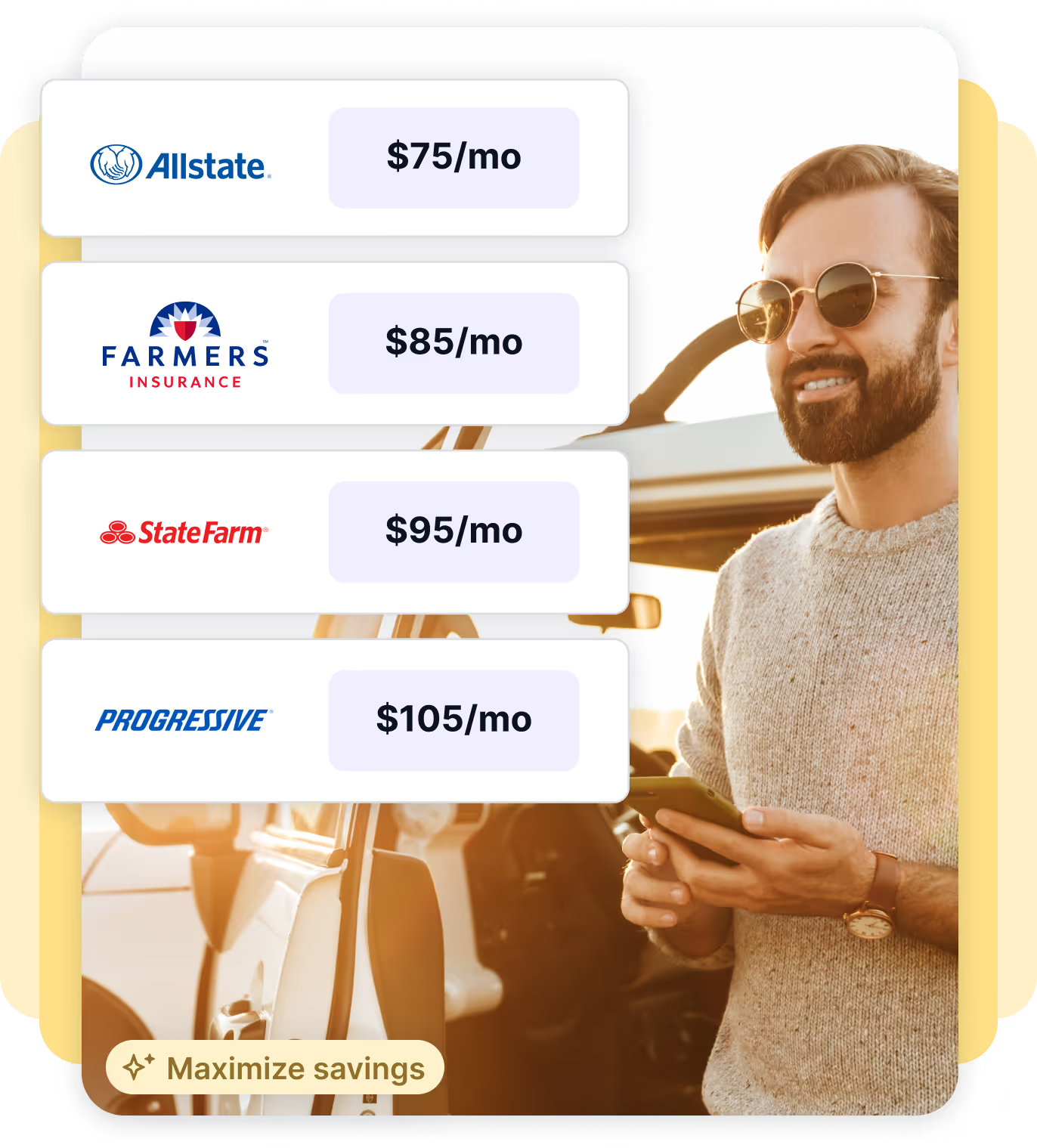
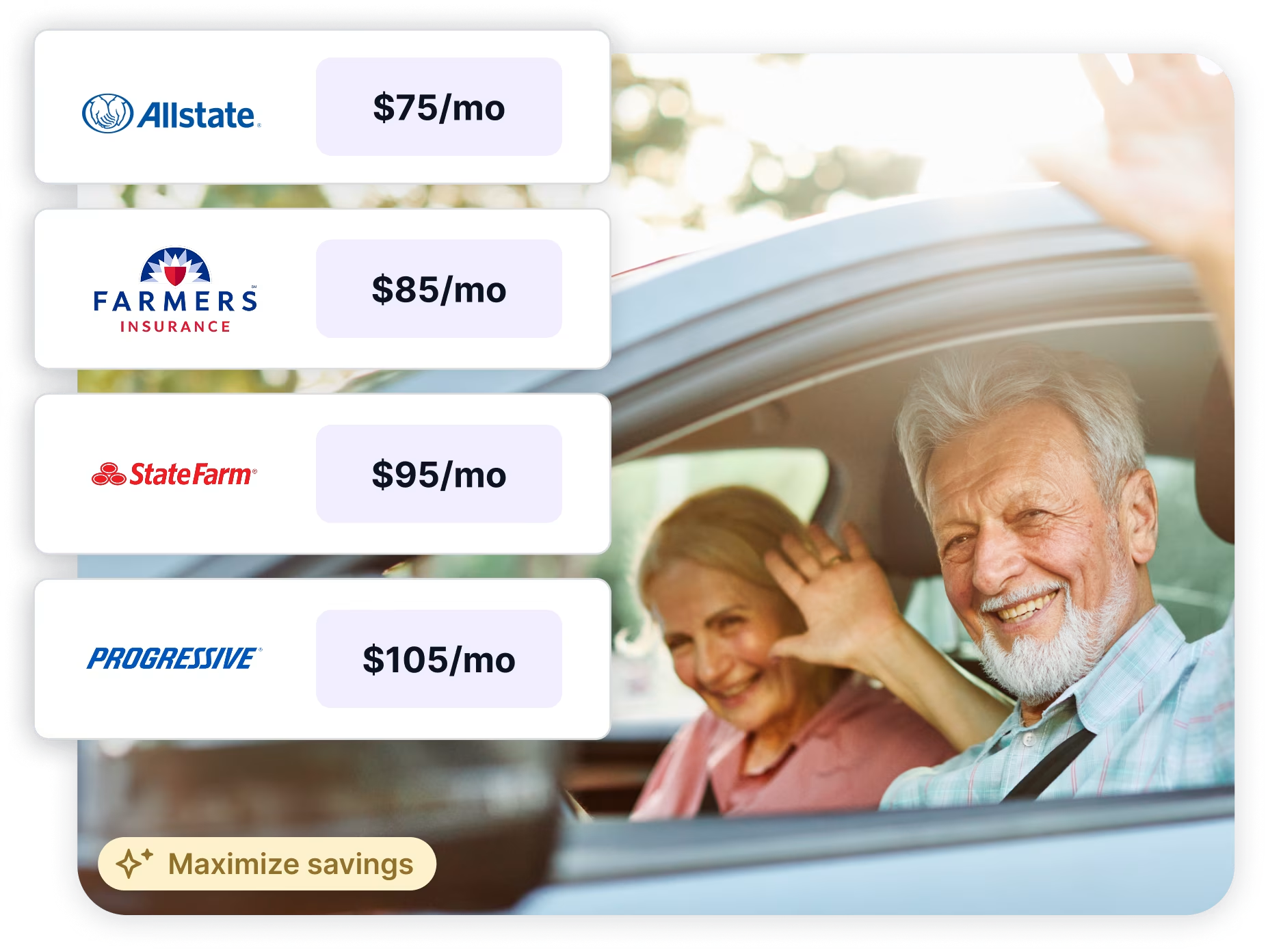

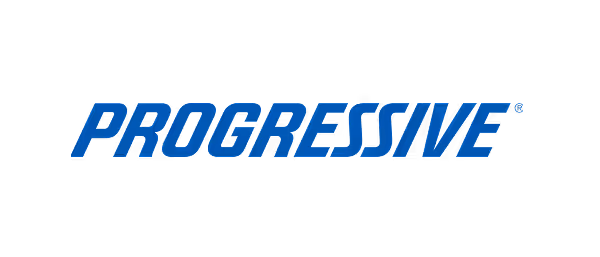




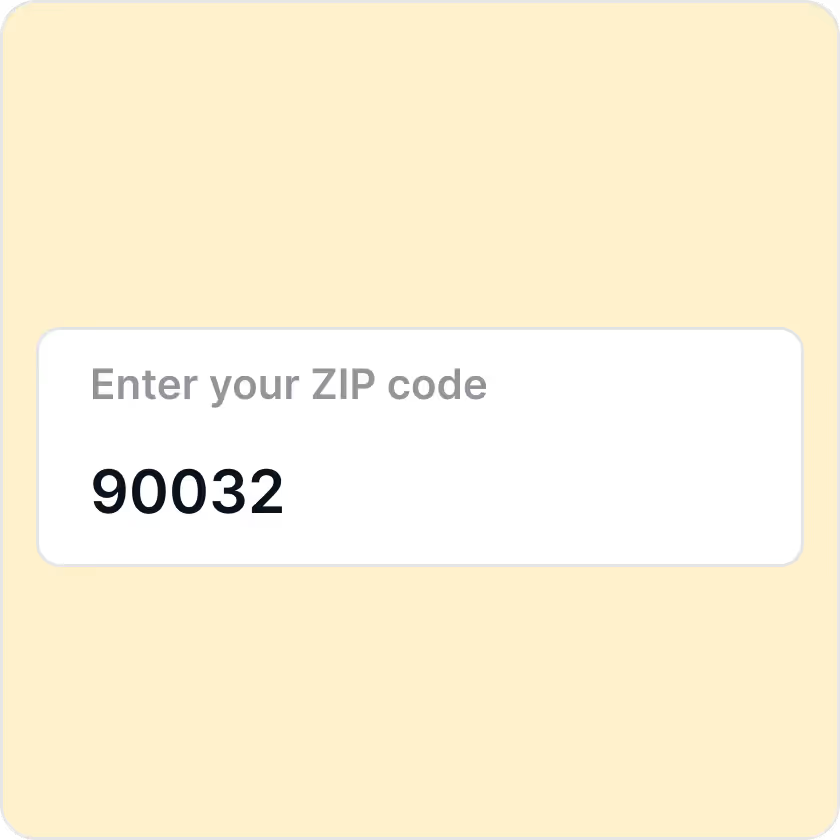

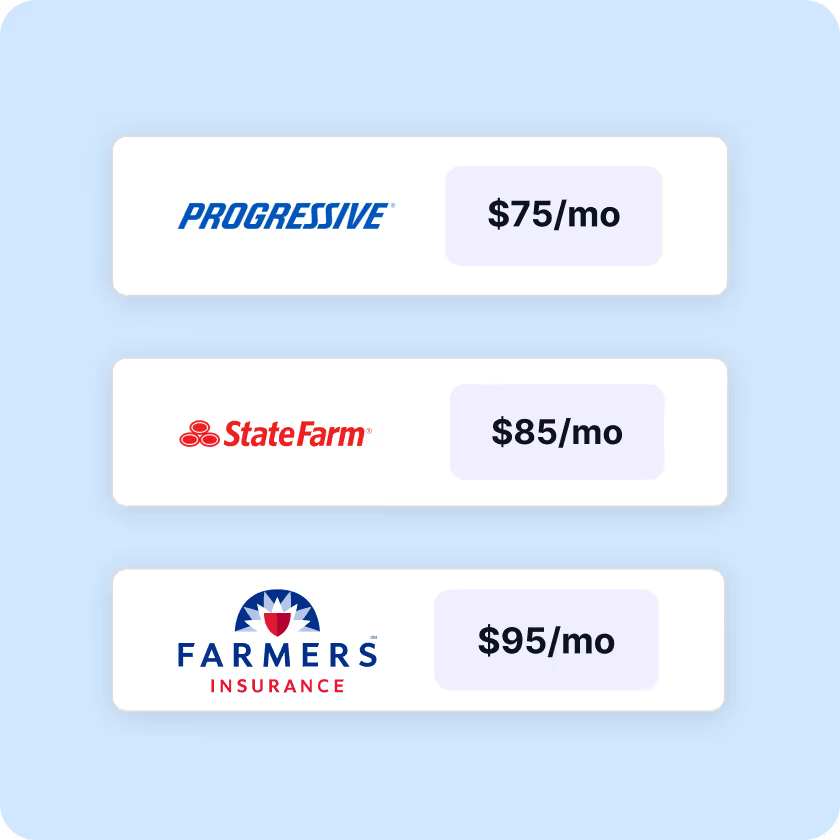
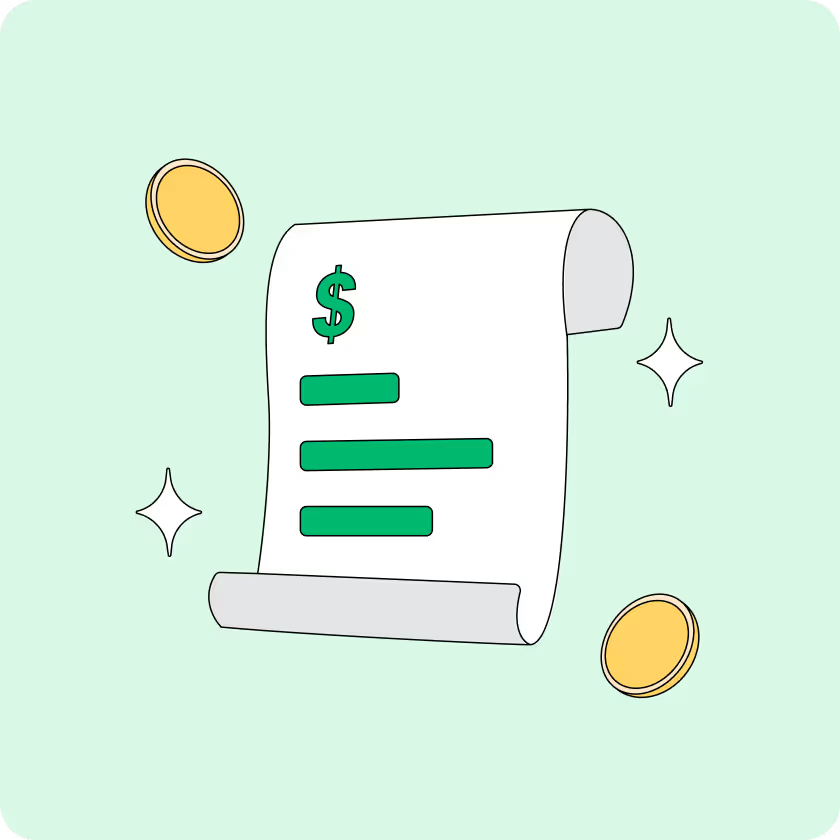























.webp)
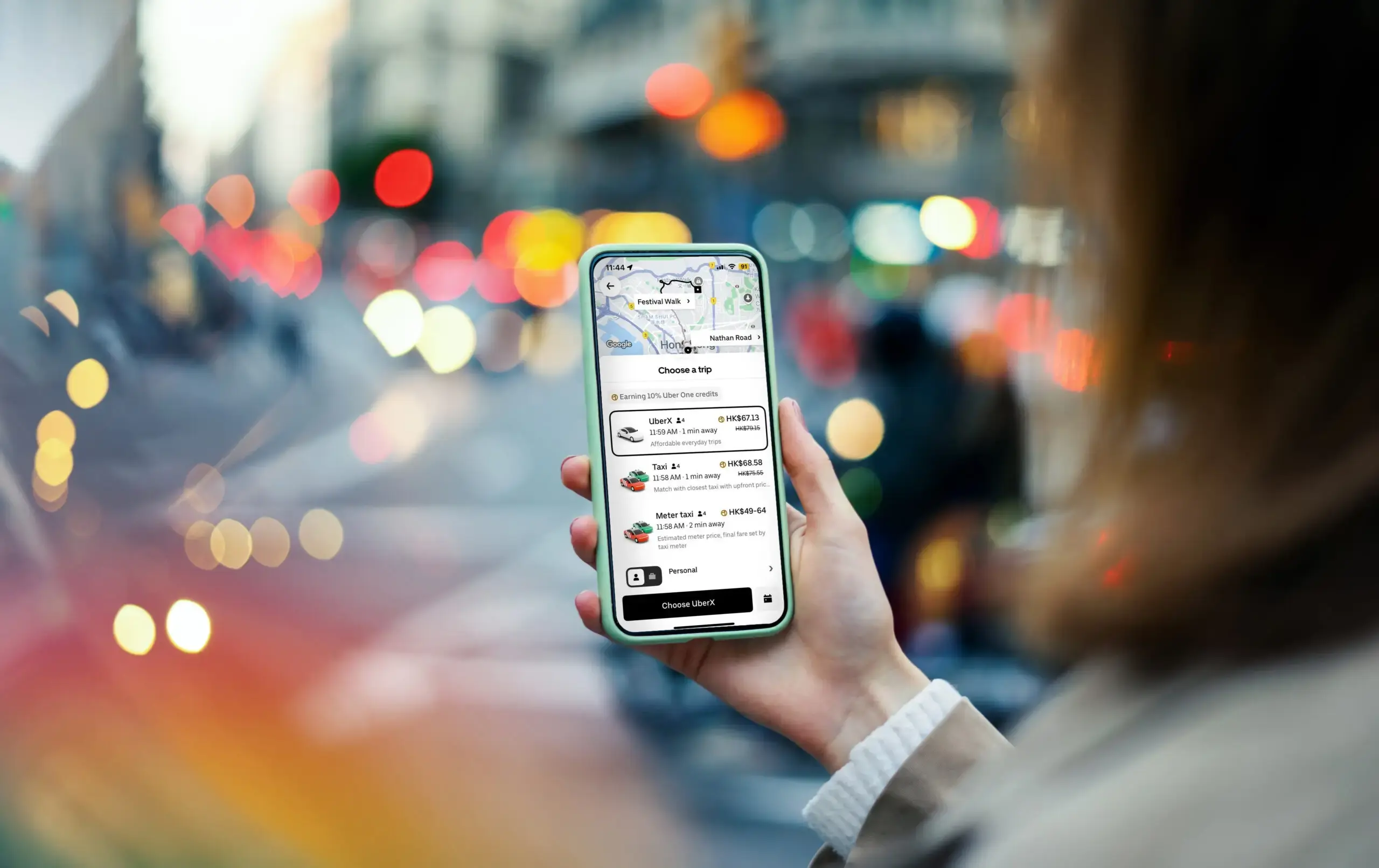

.webp)
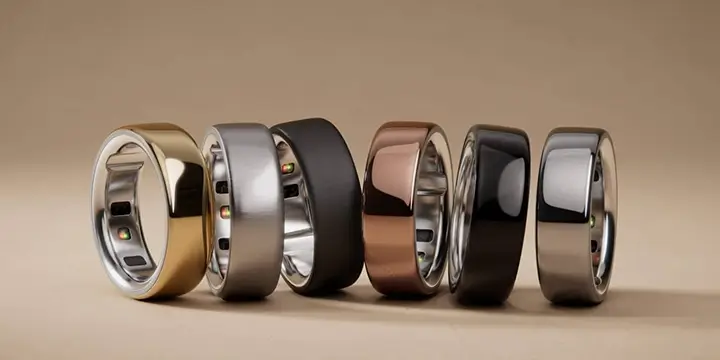
.webp)


